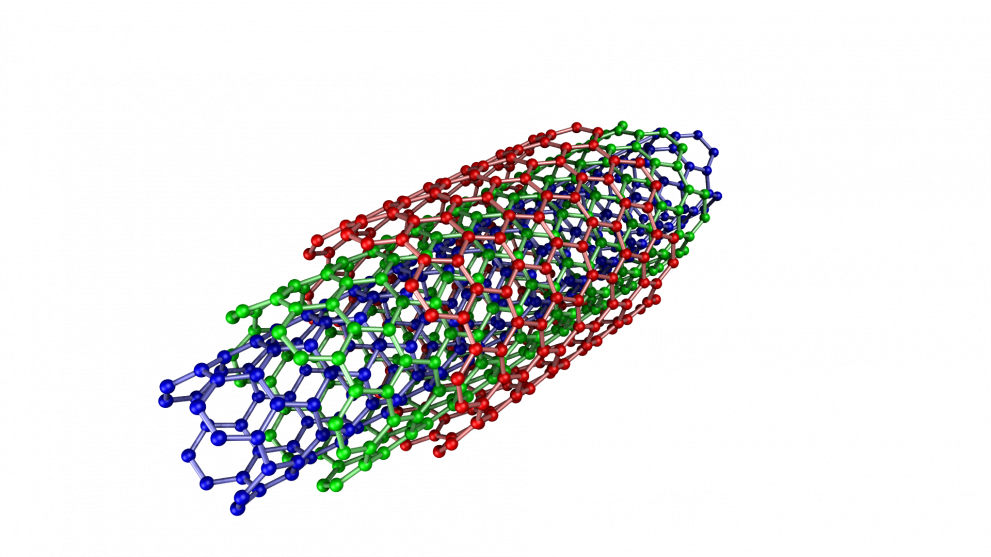
JRC scientists have reviewed the current status and potential applicability of computational methods for predicting the properties of engineered nanomaterials, especially in view of EU chemicals legislation (in particular REACH). The outcome of the study revealed that considerable scientific progress has been made, although challenges remain in translating these developments into regulatory practice.
Manufactured nanomaterials are being increasingly included in a variety of products because of novel characteristics related to their small size and surface properties. However, concerns have been raised about their potential adverse effects on environment and human health. This has led to an increasing interest in assessing the potential risks of nanomaterials, particularly using non-animal approaches, including computational methods.
Considerable scientific progress has been made towards the challenges of predicting the hazardous properties of nanomaterials using non-animal methods, although issues remain in translating these developments into regulatory practice. Therefore, JRC scientists carried out an extensive review of the current status of computational methods used for modelling nanomaterials.
This review, which was published in a report based on a 39-month project, Nanocomput, was carried out by the JRC on behalf of DG GROW. It also includes an assessment of the applicability of these computational approaches, with emphasis on the safety assessment needs of the REACH regulation.
This was supplemented with two case studies on the genotoxicity of nano titania (TiO2) and multi-walled carbon nanotubes (MWCNT). They illustrate the applicability and usefulness of ECHA's guidance on read-across as well as the Read Across Assessment Framework (RAAF), which provides a systematic means of evaluating the uncertainties in a read-across prediction.
Overall, the report shows that that considerable progress has been made towards addressing the challenges of modelling nanomaterials. However, there is still a fragmentation in the scientific results, and limited public access to high quality data. A lack of detailed guidance on how to apply existing approaches is preventing the uptake and use of computational models in regulatory decision making. Recommendations for further research and development are therefore made.
Read more in: A. Worth et al., "Evaluation of the availability and applicability of computational approaches in the safety assessment of nanomaterials", EUR 28617 EN, Publications Office of the European Union, Luxembourg, 2017, ISBN 978-92-79-68708-2, doi: 10.2760/248139.
Supplementary materials
The final report of the Nanocomput project is associated with a number of supplementary materials which are downloadable here (zip file):
The supplementary materials comprise:
- S1: Inventory of Quantitative Structure-Property Relationship (QSPR) and Quantitative Structure-Activity Relationship (QSAR) models (Excel workbook)
- S2: Model inventories for physiologically based kinetic (PBK) models, dosimetry models and environmental fate models (Excel workbooks)
- S3: Individual QSPR/QSAR model descriptions in document format (pdf file).
- S4: Dataset for the multi-walled carbon nanotube (MWCNT) read-across case study (Excel workbook).
Related Content
Details
- Publication date
- 29 September 2017
